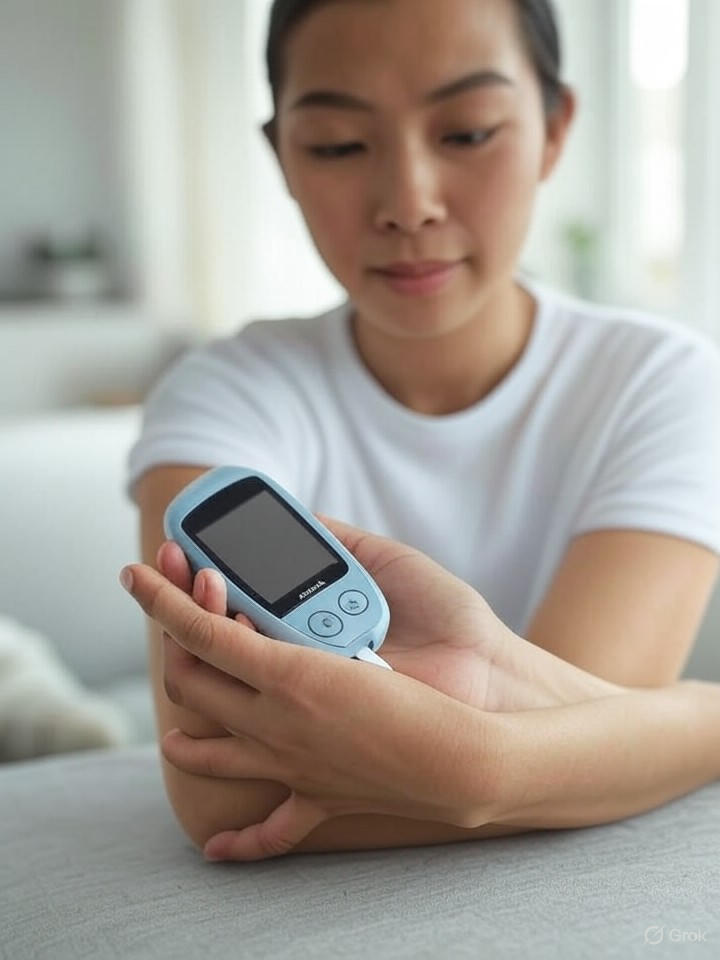In the rapidly evolving world of medical technology, continuous glucose monitoring (CGM) systems like Abbott’s FreeStyle Libre 2 and Dexcom’s G7 are transforming diabetes management, making it simpler for both physicians and patients to integrate advanced tools into daily care. According to information from General Home Medical Supply, a direct-to-consumer platform, prescribing these devices has never been easier, with streamlined processes that reduce administrative hurdles and enhance accessibility. This shift is part of a broader push toward patient-centered innovation, where real-time data empowers users to make informed decisions without constant clinic visits.
The FreeStyle Libre 2, known for its sensor-based scanning technology, offers 14 days of continuous monitoring with alarms for high and low glucose levels, while the Dexcom G7 provides even tighter integration with smartphones and wearables, boasting improved accuracy and a smaller form factor. Industry insiders note that these advancements stem from years of iterative design, driven by user feedback and regulatory approvals from bodies like the FDA. As diabetes affects over 537 million adults globally, per World Health Organization estimates, such tools are critical for preventing complications like hypoglycemia.
Integration with Emerging AI Diagnostics
Recent developments highlight how CGM systems are intersecting with artificial intelligence, a trend gaining momentum in 2025. Posts on X, formerly Twitter, from users like tech analysts emphasize AI-driven diagnostics as a key sector, with algorithms analyzing CGM data to predict glucose trends and suggest interventions. For instance, Dexcom’s collaboration with AI platforms allows for predictive analytics that alert users hours in advance, potentially reducing emergency incidents by up to 30%, based on clinical studies reported in the Journal of Diabetes Science and Technology.
This fusion is not just about hardware; it’s about ecosystem building. Telemedicine platforms, another rising trend noted in X discussions on healthcare innovation, enable remote consultations where doctors review CGM data in real-time. Companies like Abbott are expanding APIs for seamless data sharing, aligning with blockchain applications for secure health records, as highlighted in recent McKinsey reports on technology trends.
Market Dynamics and Accessibility Challenges
On the market front, direct-to-consumer models like those promoted by General Home Medical Supply are disrupting traditional supply chains, offering FreeStyle Libre sensors at competitive prices with home delivery. This approach bypasses some insurance complexities, though challenges remain in coverage disparities. SEC filings, such as those from related health tech firms archived on the U.S. Securities and Exchange Commission website, reveal investments pouring into CGM startups, with Aptera Motors’ unrelated but illustrative funding rounds showing investor appetite for innovative tech ventures.
However, affordability remains a barrier. Industry reports from Bloomberg indicate that while costs have dropped—FreeStyle Libre sensors now average $50-$70 per unit—out-of-pocket expenses deter low-income patients. Insiders argue for policy reforms, especially as 2025 sees increased focus on decentralized healthcare, per X posts forecasting bio-based materials and agri-tech influences on medical supply chains.
Future Innovations and Regulatory Horizons
Looking ahead, quantum computing and 5G integrations could supercharge CGM capabilities, enabling faster data processing for personalized insulin dosing. A McKinsey analysis,




 WebProNews is an iEntry Publication
WebProNews is an iEntry Publication